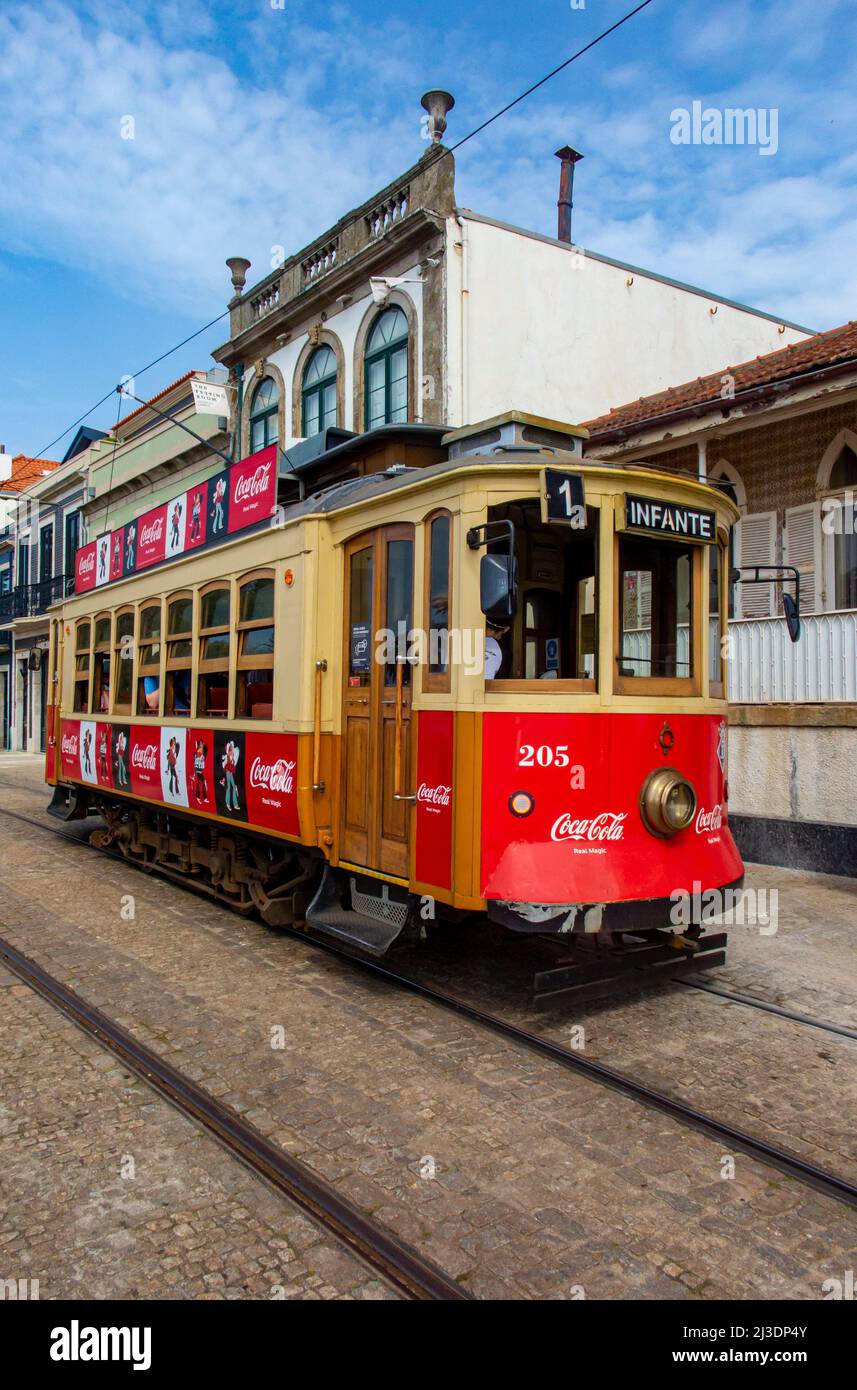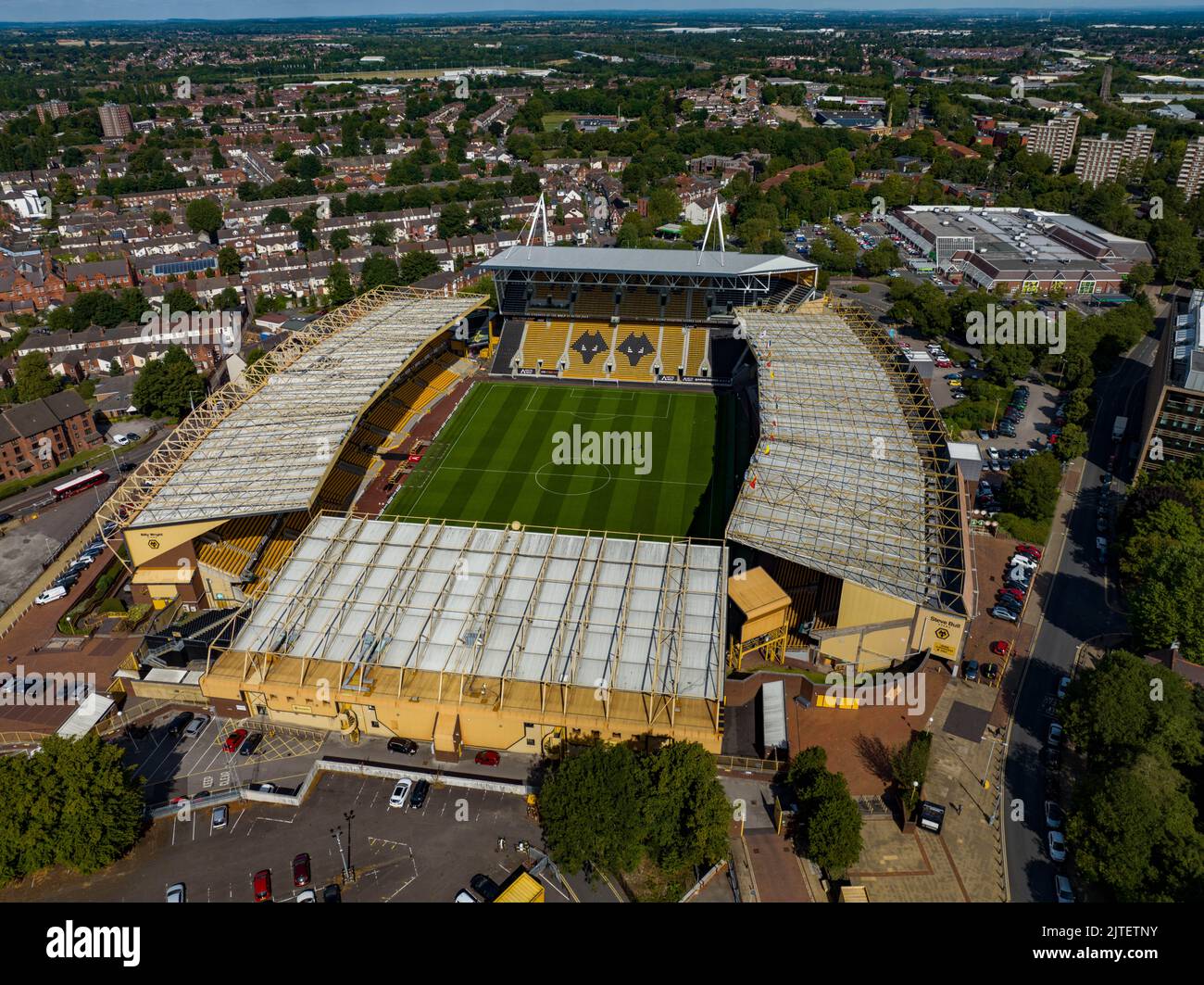
Introduction to Porto
Porto, the second-largest city in Portugal, is renowned for its captivating history, beautiful architecture, and delicious port wine. As a significant cultural and commercial hub, Porto holds an essential place in both the historical and modern landscapes of Portugal. Recent events show an increasing interest in this dynamic city, making it a focal point for tourists, investors, and expatriates alike.
Current Events and Cultural Significance
Recently, Porto has been making headlines due to the upcoming Porto Wine Festival, scheduled for this September. This annual event, which celebrates Porto’s famous fortified wine, attracts visitors from around the globe. This year’s festival will highlight local producers, offering tastings, workshops, and cultural performances, showcasing the rich tradition and craftsmanship that underpins the region’s winemaking heritage. In addition, Porto is also set to host the European Heritage Days, which will occur in late September, inviting residents and tourists to explore historic locations throughout the city with free entry.
Porto’s architectural beauty also gained international recognition when it was named a UNESCO World Heritage Site in 1996. Iconic landmarks such as the Dom Luís I Bridge, designed by the student of Gustave Eiffel, and the stunning São Bento Railway Station with its ornate azulejos (ceramic tiles), are must-see attractions. The city continues to invest in preserving these historic sites while promoting modern developments that appeal to the younger generation.
The Economic Landscape
In recent years, Porto has experienced significant economic growth, particularly in the technology and tourism sectors. The influx of tech startups has transformed the area into a burgeoning tech hub, attracting talent from across Europe. As a result, the government is focussing on improving infrastructure and connectivity, including a new metro line aimed at facilitating easy access to the city centre and surrounding areas. The tourism sector has recovered remarkably post-pandemic, with a rise in visitors exploring its streets, eateries, and cultural offerings.
Conclusion: The Future of Porto
Porto stands at a crossroads of tradition and modernity, pursuing initiatives that celebrate its rich heritage while aiming to innovate for the future. The upcoming festivals and ongoing urban developments signify a thriving city eager to welcome a diverse audience. For readers considering visiting or investing, Porto presents a unique blend of history, culture, and modernity, making it a worthy destination for exploration and engagement.
You may also like

Exploring Wolverhampton: A Gateway to Culture and History

Exploring the Unique Heritage and Current Affairs of Eswatini
